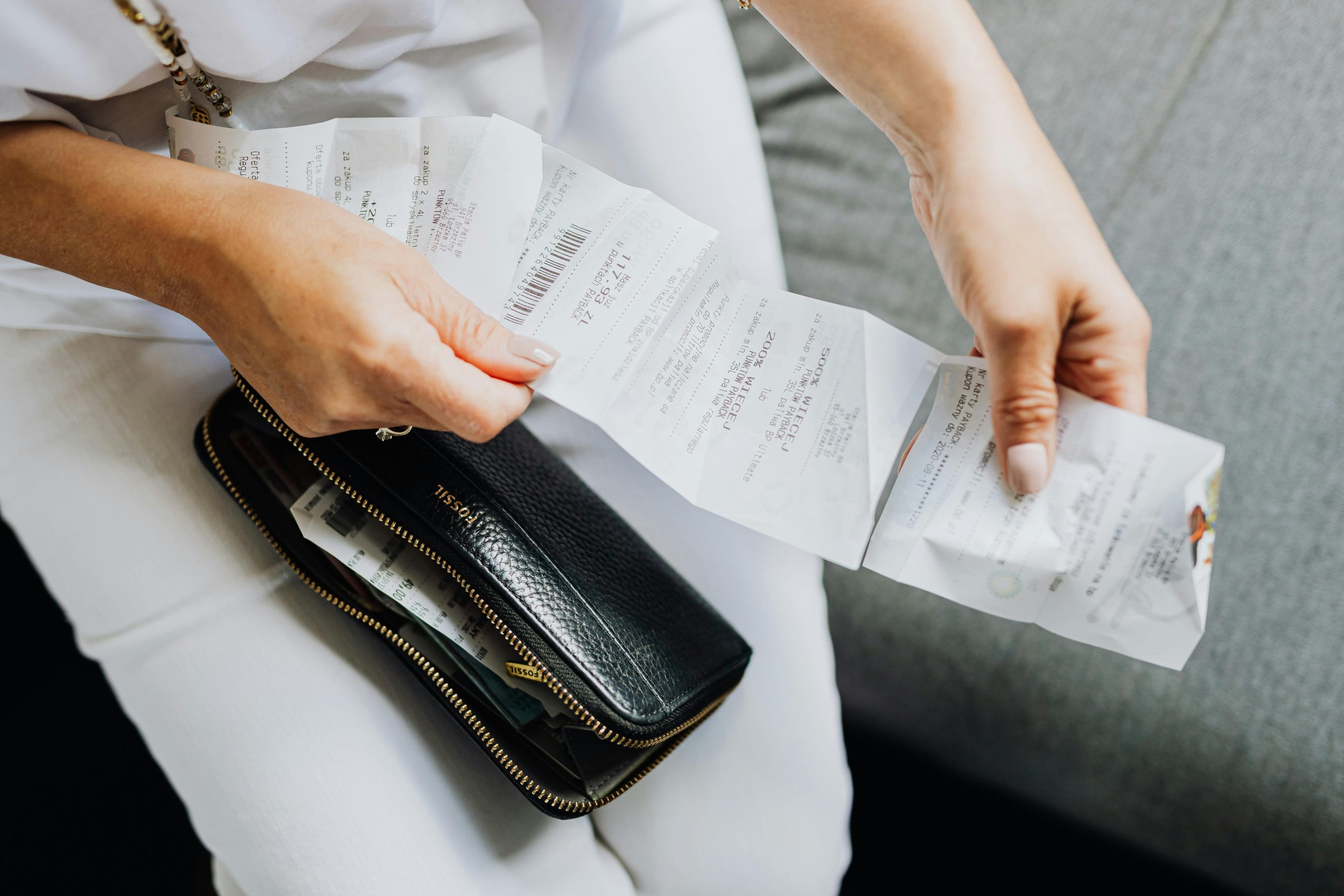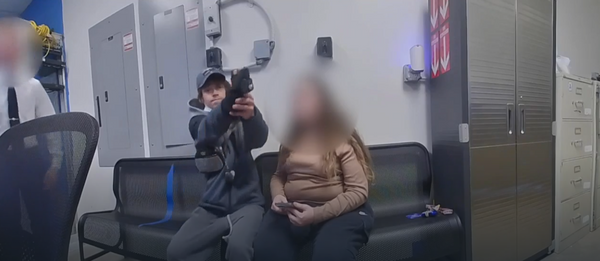Your grocery receipt is more than just proof of purchase. It’s a detailed report card on your shopping habits and spending. While the final total might cause sticker shock, the individual line items can reveal why your bill is so high. Learning to analyze your receipt can uncover patterns of overspending you might not be aware of. It provides valuable clues for making smarter, more budget-friendly choices on future trips. Instead of just filing it away, take a moment to review it. Here are seven clues on your grocery receipt that often suggest you’re paying too much.

1. A High Number of Single-Serving or Convenience Items
Scan your receipt for items like single-serving yogurts, small bags of chips, pre-cut vegetables, or ready-to-eat meals. These items carry a significant “convenience tax.” Their unit price is almost always much higher than their bulk or whole-ingredient counterparts. If your receipt is littered with these, it’s a major clue you’re overspending for convenience. The Fix: Dedicate a little time each week to portioning snacks from larger packages and prepping whole produce yourself.
2. Predominance of National Brands Over Store Brands
Look at the brand names on your receipt. Are they mostly well-known national brands, or do you see the store’s own private label (e.g., Kroger, Great Value, Kirkland Signature)? National brands typically have higher prices due to marketing costs. If your receipt shows very few store brands, you’re likely missing out on significant savings. The Fix: Make a conscious effort to try the store brand for staple items like canned goods, dairy, pasta, and cleaning supplies. The quality is often comparable.
3. Several Unplanned Items Not on Your List
Compare your receipt to your original shopping list (if you used one). How many items on the receipt were not on your list? These are your impulse buys. If you see more than a couple of unplanned purchases, it indicates that in-store displays, promotions, or cravings derailed your budget. The Fix: Always shop with a detailed list and practice sticking to it strictly. This is the best defense against impulse spending.
4. Multiple Beverage Purchases (Soda, Juice, Bottled Water)
Beverages, especially single bottles, sugary juices, and cases of soda, can quickly inflate a grocery bill. They offer little nutritional value for their cost. If a significant portion of your receipt is dedicated to these types of drinks, it’s a key area for potential savings. The Fix: Prioritize drinking filtered tap water. Brew your own iced tea or coffee. Limit sugary beverage purchases to occasional treats rather than weekly staples.
5. A Lack of Produce and an Abundance of Packaged Foods
Analyze the ratio of whole foods to processed, packaged foods on your receipt. If the list is dominated by boxes, bags, and frozen meals, with very few fresh fruits or vegetables, you might be overspending and under-nourishing. Packaged foods are often less filling and more expensive per calorie than whole foods. The Fix: Build your meal plan around whole ingredients. Challenge yourself to have the produce section make up the largest part of your cart and receipt.
6. Few “On Sale” or “Loyalty Price” Indicators
Check your receipt for indicators of sale prices or loyalty card discounts. If very few of your items have a discount notation next to them, it suggests you aren’t effectively shopping the sales. You might be buying items based on habit rather than what’s currently offering the best value. The Fix: Review the weekly sales flyer before you create your meal plan. Try to build meals around proteins and produce that are on sale that week.
7. Multiple Trips to the Same Store in One Week
This clue isn’t on a single receipt, but rather in the collection of them. If you have multiple small receipts from the same grocery store within one week, it points to a lack of planning. Each “quick trip” for a forgotten item is an opportunity for more impulse buys. The Fix: Focus on creating a comprehensive list and making one large, primary shopping trip for the week. This reduces temptation and saves time and fuel.
Your Receipt is a Financial Tool
Your grocery receipt is a powerful tool for financial feedback. It provides a clear, honest record of your purchasing decisions, free from the influence of in-store marketing. By regularly taking a few minutes to analyze it, you can identify costly habits like over-relying on convenience items, ignoring store brands, or succumbing to impulse buys. Use these clues to set smarter goals for your next shopping trip. Turning your receipt into a learning tool is a key step towards taking control of your grocery budget.
What does your grocery receipt typically reveal about your shopping habits? Which of these clues most often points to overspending for you? Share your receipt-reading insights below!
Read More
Why Your Receipt Is 3 Feet Long: The Truth Behind Grocery Loyalty Programs
These 5 Apps Send You Free Grocery Gift Cards Just for Snapping Receipts
The post 7 Clues on Your Grocery Receipt That Suggest You Might Be Overspending (And How to Fix It) appeared first on Grocery Coupon Guide.







